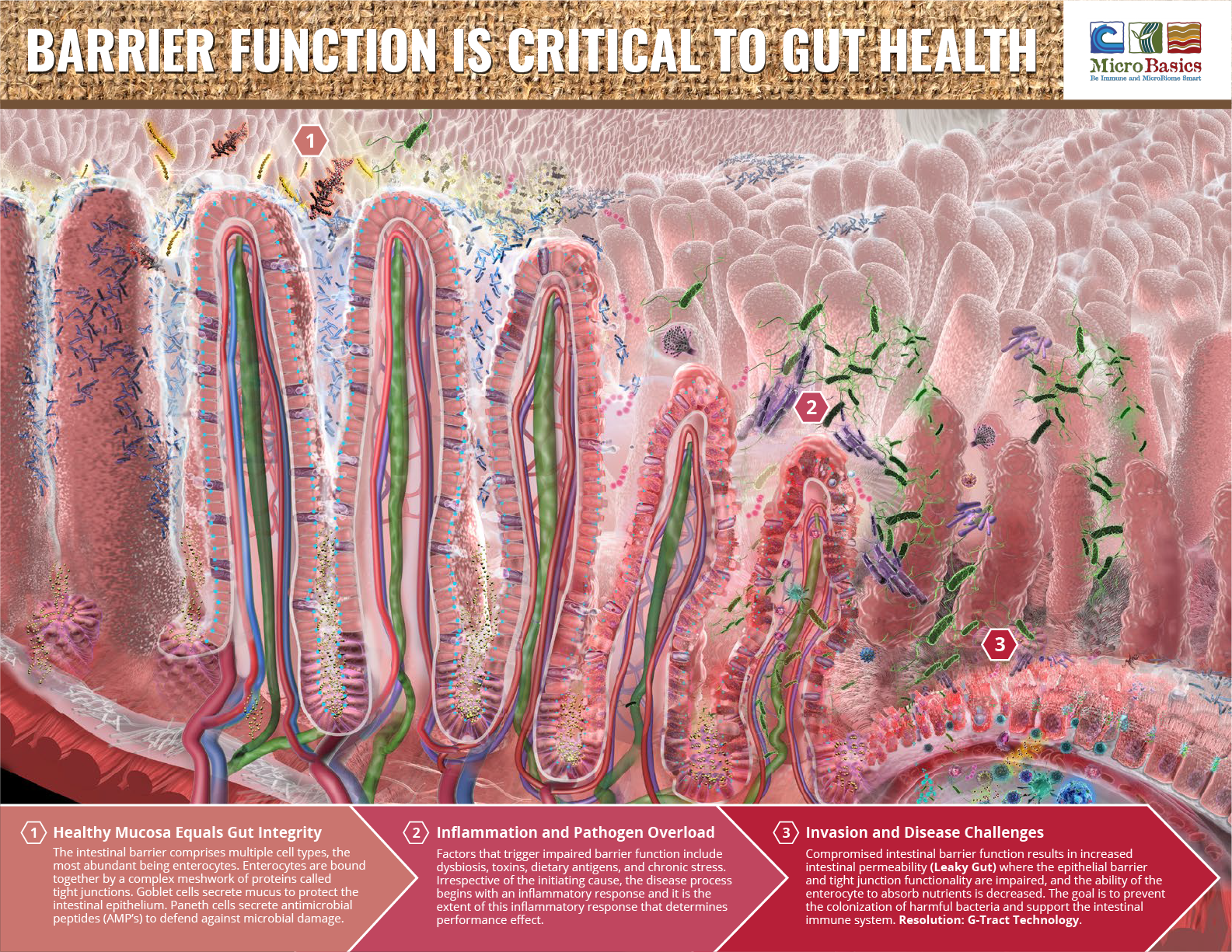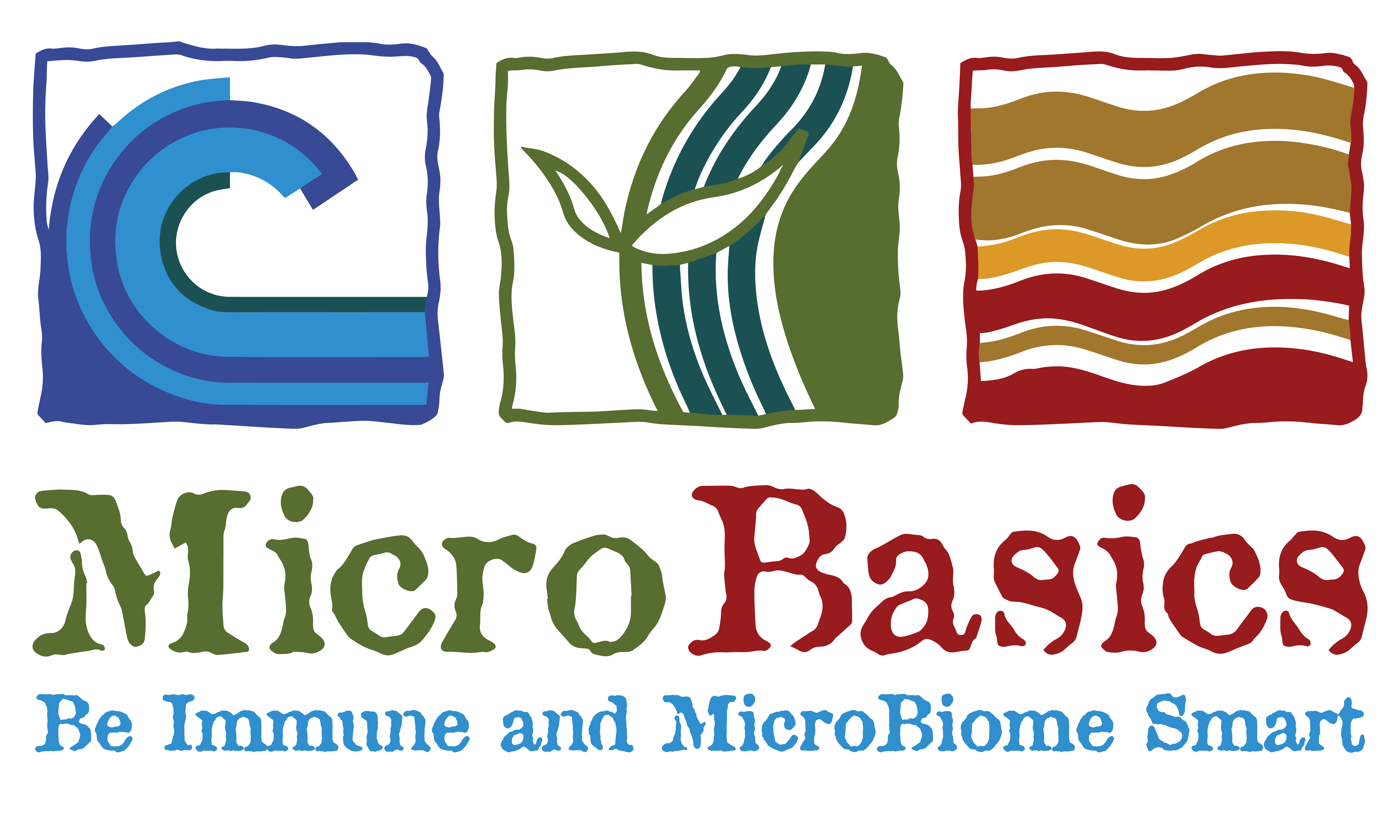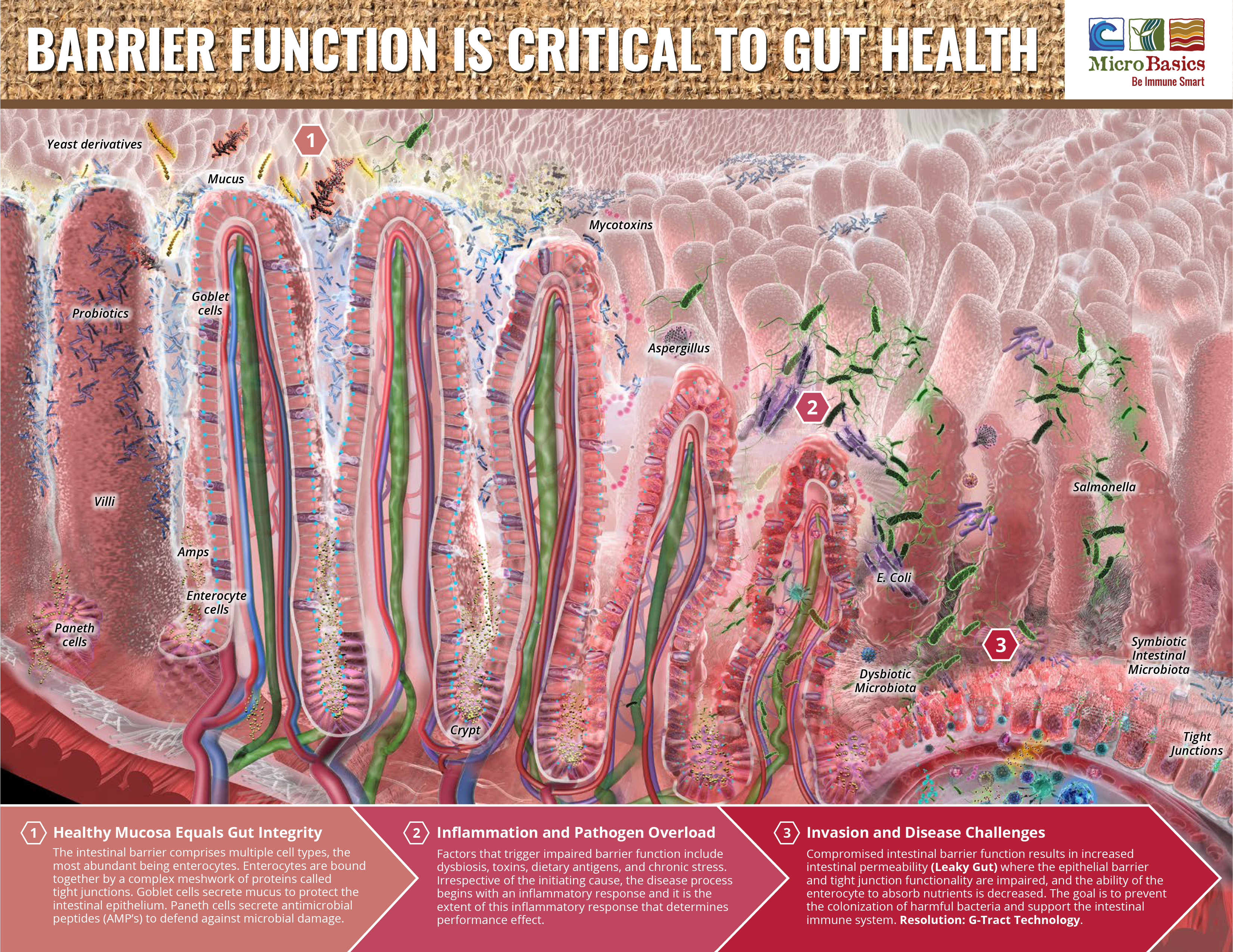MicroBiome Engineering


Coming Soon

Mucus is the slippery secretion produced by mucus cells (i.e. goblet cells) among the epithelial lining of the intestine. Mucus serves to protect and lubricate the bowel.

Coming Soon

Goblet cells are specialized cells which reside throughout the length of the small and large intestine and are responsible for the production of protective mucus.

Villi (singular: villus)
are small, finger-like projections that protrude from the epithelial lining of the intestinal wall. Villi increase the internal surface area of the intestinal wall allowing for greater absorption.

Coming Soon

Coming Soon

Paneth cells are secretory cells in the epithelium of the small intestine, residing in small clusters at the base of crypts. Paneth cells provide host defense against microbes in the small intestine by secreting anti-microbial compounds.

Coming Soon

Mycotoxins are toxic secondary metabolites produced by many species of fungi. Mycotoxins can contaminate feedstuffs and upon ingestion, may severely compromise animal health.

Aspergillus is a genus consisting of a few hundred mold species. Aspergillus flavus and Aspergillus parasiticus are two species known to produce Aflatoxin.

Escherichia coli
(E.coli) is a rod-shaped, gram-negative, facultative anaerobe bacterium and is commonly found in the lower intestine of warm-blooded organisms. However, some pathogenic strains such as K99 and O157:H7 can cause severe intestinal infection.

Coming Soon

Salmonella are rod-shaped, gram-negative bacteria that can adhere to the intestinal tract resulting in severe diarrhea and potentially life-threatening dehydration and electrolyte imbalance.

Coming Soon

Coming Soon
